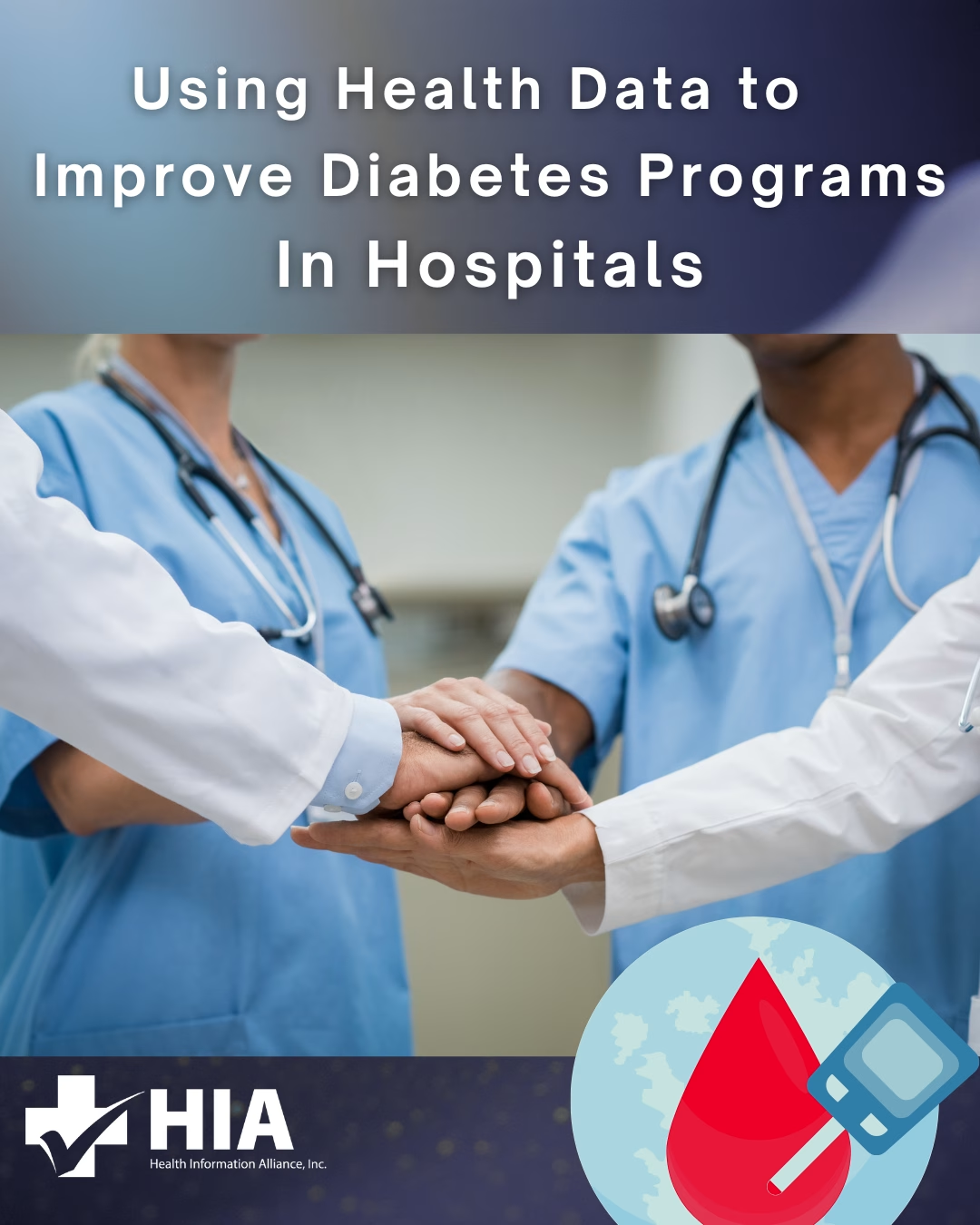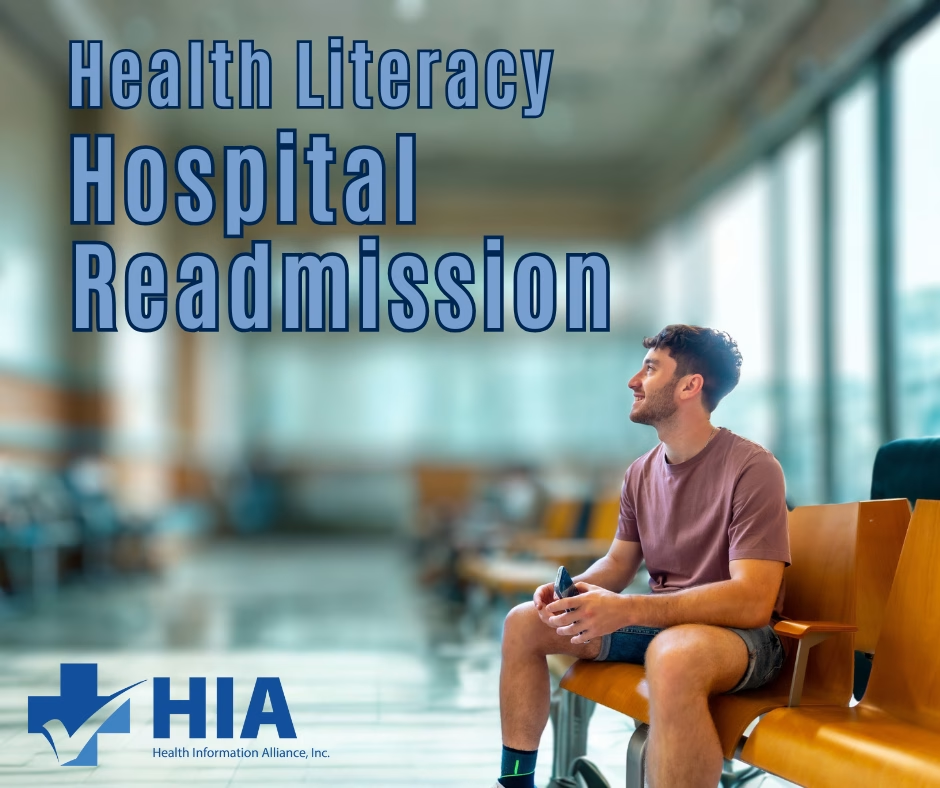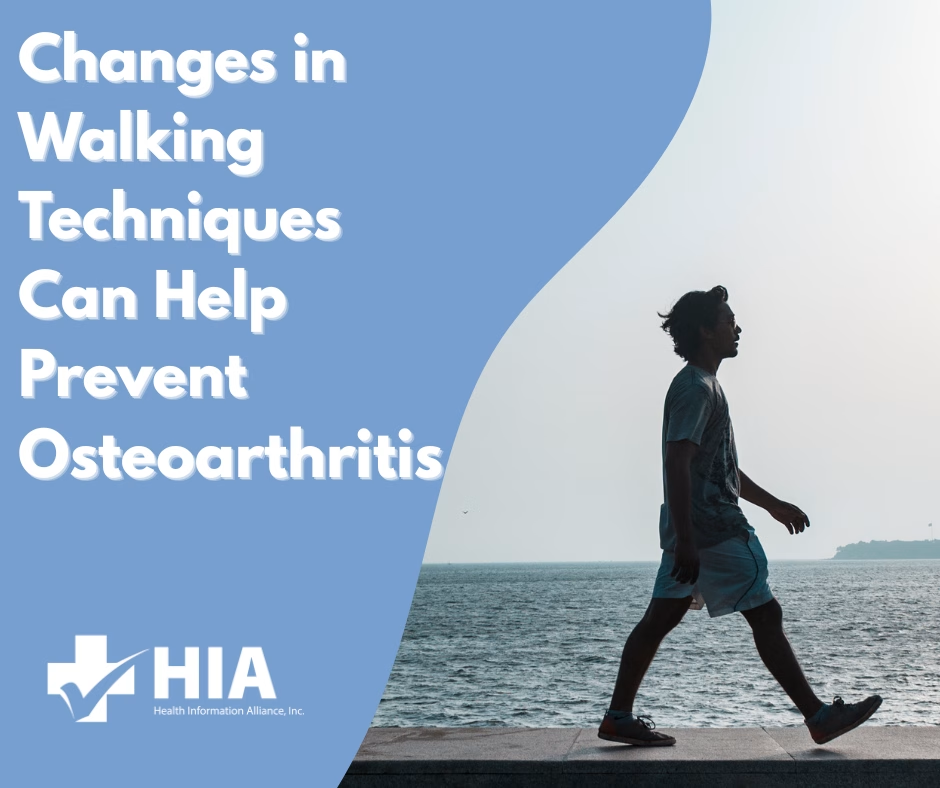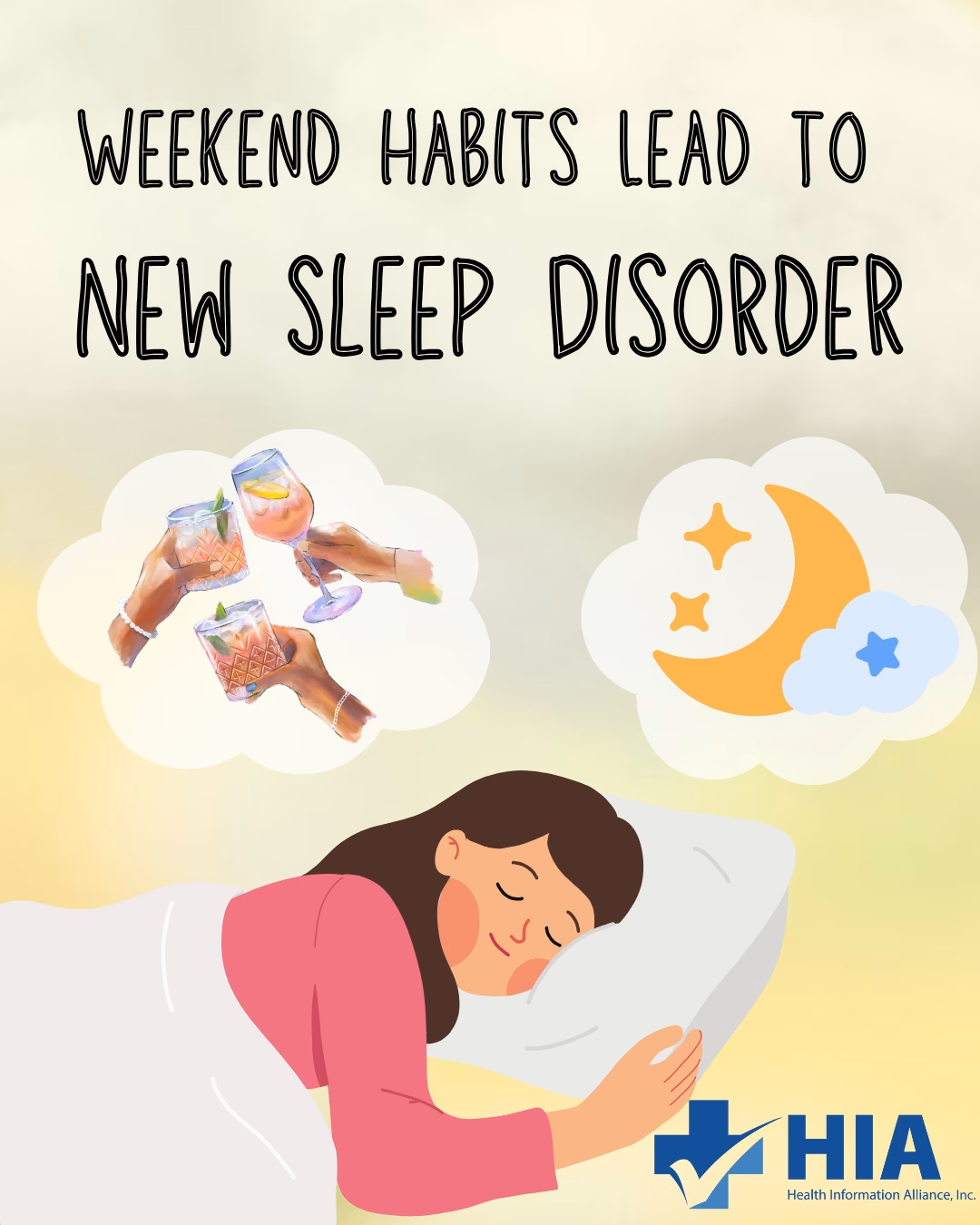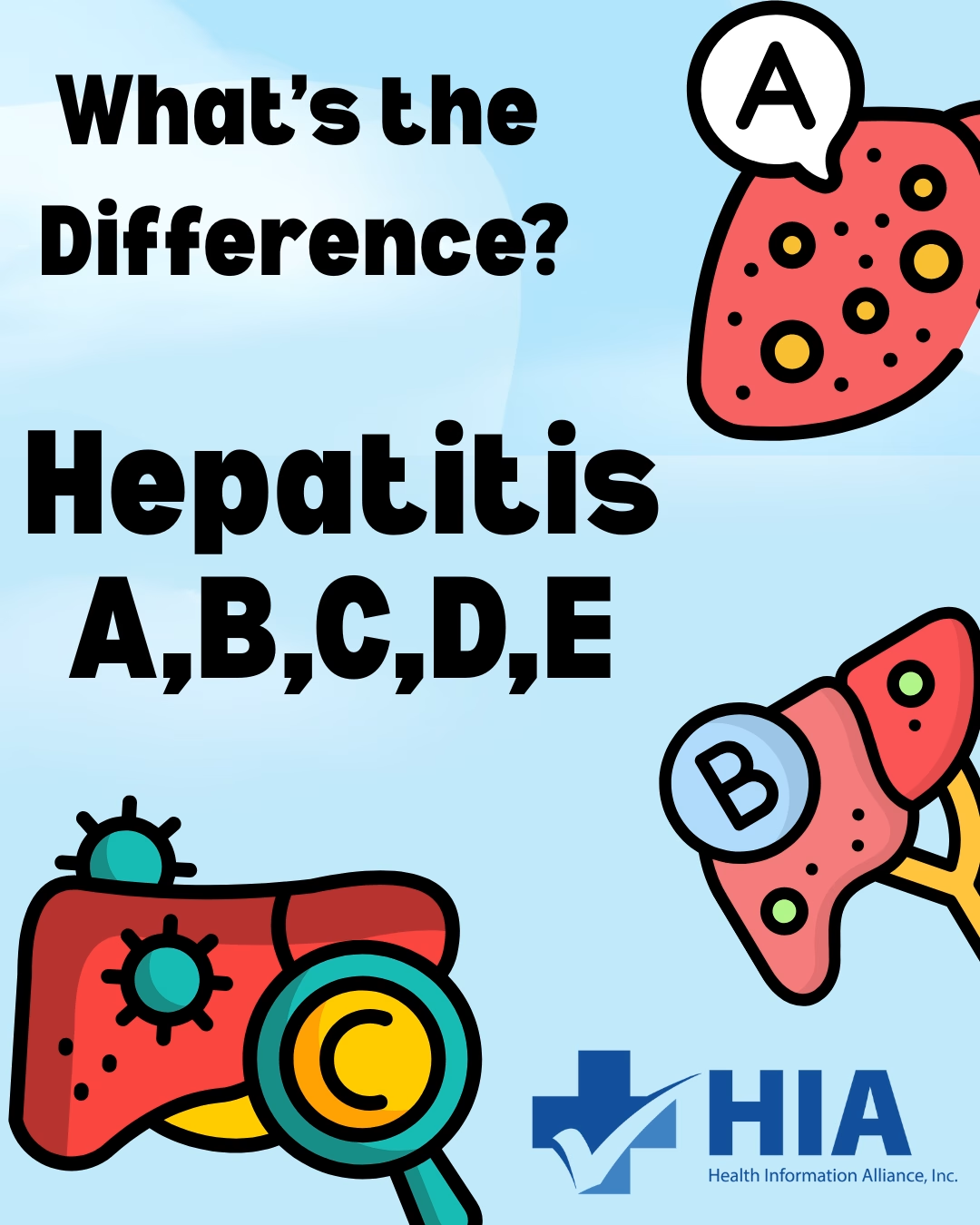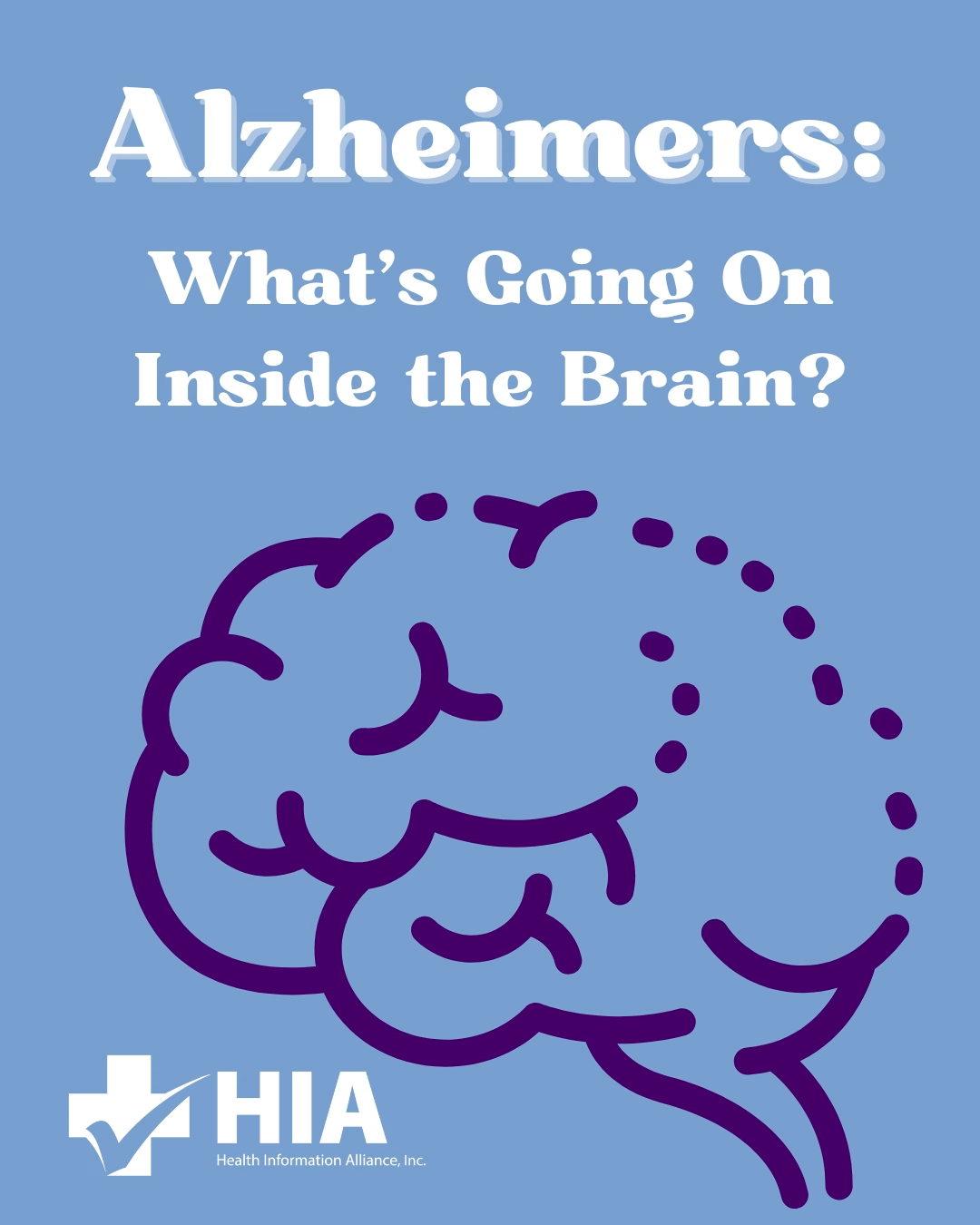Tackling Brain Injury – TBI Awareness Month
From perception to inception, our brain is responsible for all that we see, perceive, analyze, and act. The human brain is the most complex organ that we have encountered so far. Every brain is unique, ever-changing, and extremely sensitive to its environment (Brain Injury Association of America [BIAA], 2021a). The brain has mainly 4 lobes further divided into left and right sides. Both sides of the brain control distinct functions. An injury to any part of the brain can impact bodily functions significantly. For example, injuries of the left side of the brain can cause difficulties understanding languages, difficulty in speaking, impaired logic, sequencing difficulties, and decreased control over right-sided body movements. While any damage to the right part of the brain can cause one to lose control over left-sided bodily functions, visual spatial impairments, visual memory deficits, altered creativity or music perception, and loss of empathy.
A Traumatic Brain Injury (TBI) can be caused by several reasons such as falls, vehicle-related collisions, violence, sport injuries, explosive blasts, or combat injuries. However, the degree of damage can depend on factors like type of injury and force of impact. TBI can lead to wide-ranging physical and psychological effects. Some signs or symptoms may appear immediately while others may appear days or weeks later (Mayo Foundation for Medical Education and Research [MFMER], 2021). Cognitive symptoms include profound confusion, agitation, slurred speech, coma, and other disorders of consciousness. It gets worse in the case of children or infants as they might not be able to communicate headaches, sensory problems, and other symptoms appropriately. The risk population for TBI is children younger than 4 years, adults especially between 15 and 24, and adults aged 60 or older. There can be severe complications arising from a brain injury. Altered consciousness, vegetative state, coma, brain death, seizures, hydrocephalus (most common in infants and young children), vertigo, paralysis of facial muscles, dizziness, and other intellectual problems like difficulty remembering or learning, impairment with judgement, difficulty making decisions, the list goes on (MFMER, 2021). Some other degenerative brain diseases can also tip-off brain injury at certain times. There is still a lot of medical research that needs to be done to establish a clear relation between these two. It is needless to say that the brain must be protected at all cost for one to function well.
For more than three decades now, the Brain Injury Association of America (BIAA) has been a pioneer in spreading awareness at national level (BIAA, 2021b). March has been declared National Brain Injury awareness month. Brain Injury Awareness Month provides an extremely valuable opportunity to bring attention to the prevention of TBI. It extends the support to the injured and their families by promoting strategies to improve their life. As reported on Centers for Disease Control and Prevention (CDC; 2020), “A report in this issue of MMWR found a nationwide 17% increase in the rate of fall-related TBI deaths during 2008–2017, with increases in most states (3). The largest increases in fall-related TBI deaths occurred among persons aged ≥75 years.” Evidence-based prevention efforts to reduce the number of falls can demonstrate a remarkable decline in overall cases.
BIAA dedicates a good amount of resources not just for promoting awareness, but providing substantial support to the injured and their families during and post treatment. Health Information Alliance, Inc. (HIA) supports spreading Brain Injury Awareness and helping to improve patient care. At HIA, we proudly offer the best clinical abstraction services including traumatic injuries. Nationally, HIA can help facilities decide best strategies for solving their registry challenges and reducing trauma registry backlogs. These services can include ongoing abstraction – NTDB, TQIP, State/Hospital required elements, performing data analysis for NTDB and TQIP reporting, and inter-rater reliability audits. With our team of expert trauma registrars, we are ready to join hands with the medical society to tackle TBI. By helping trauma facilities provide the most robust trauma registry data, this can continually help refine metrics and patient care.
Reference:

